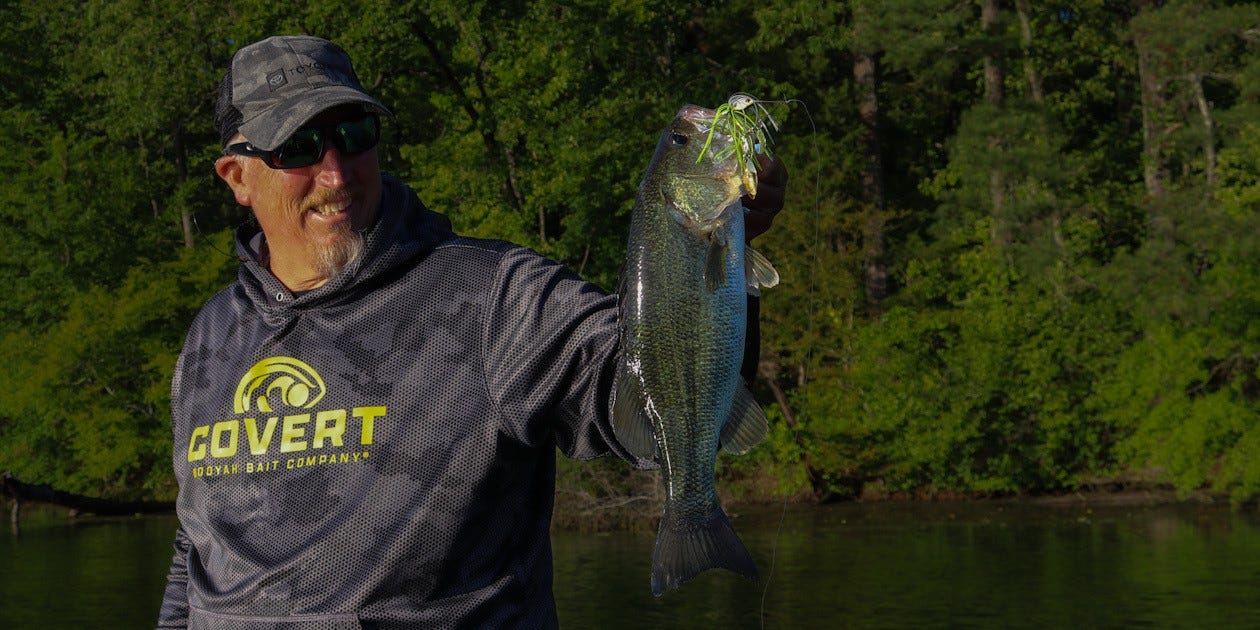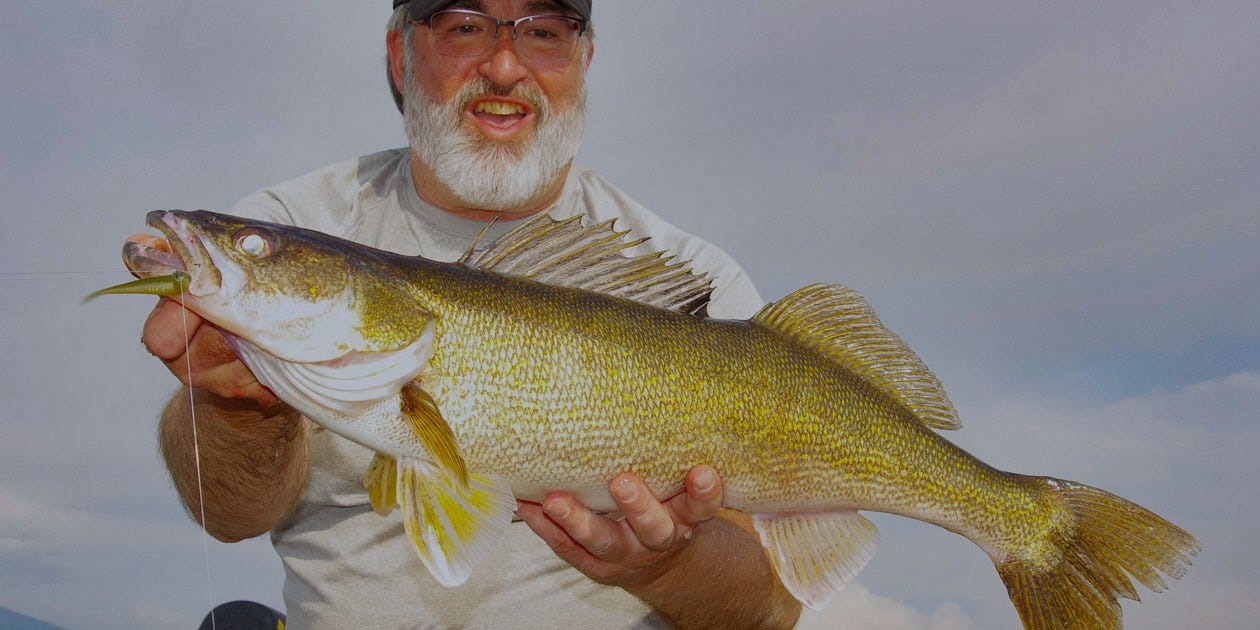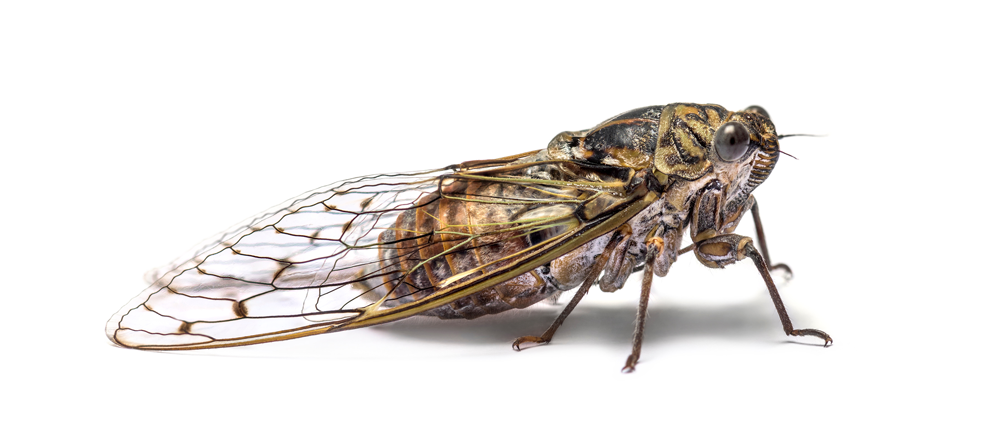- Jul 28, 2023
Don’t Overlook Squarebill Crankbaits for Summer Bass Success
When Uncle Frank talks about bass strategies and favorite lures, wise anglers take note – especially when he is talking about bass fishing during summer, when the bite can be challenging.
NEW Norman Fat Boy Colors
5 Summer Squarebill Hotspots
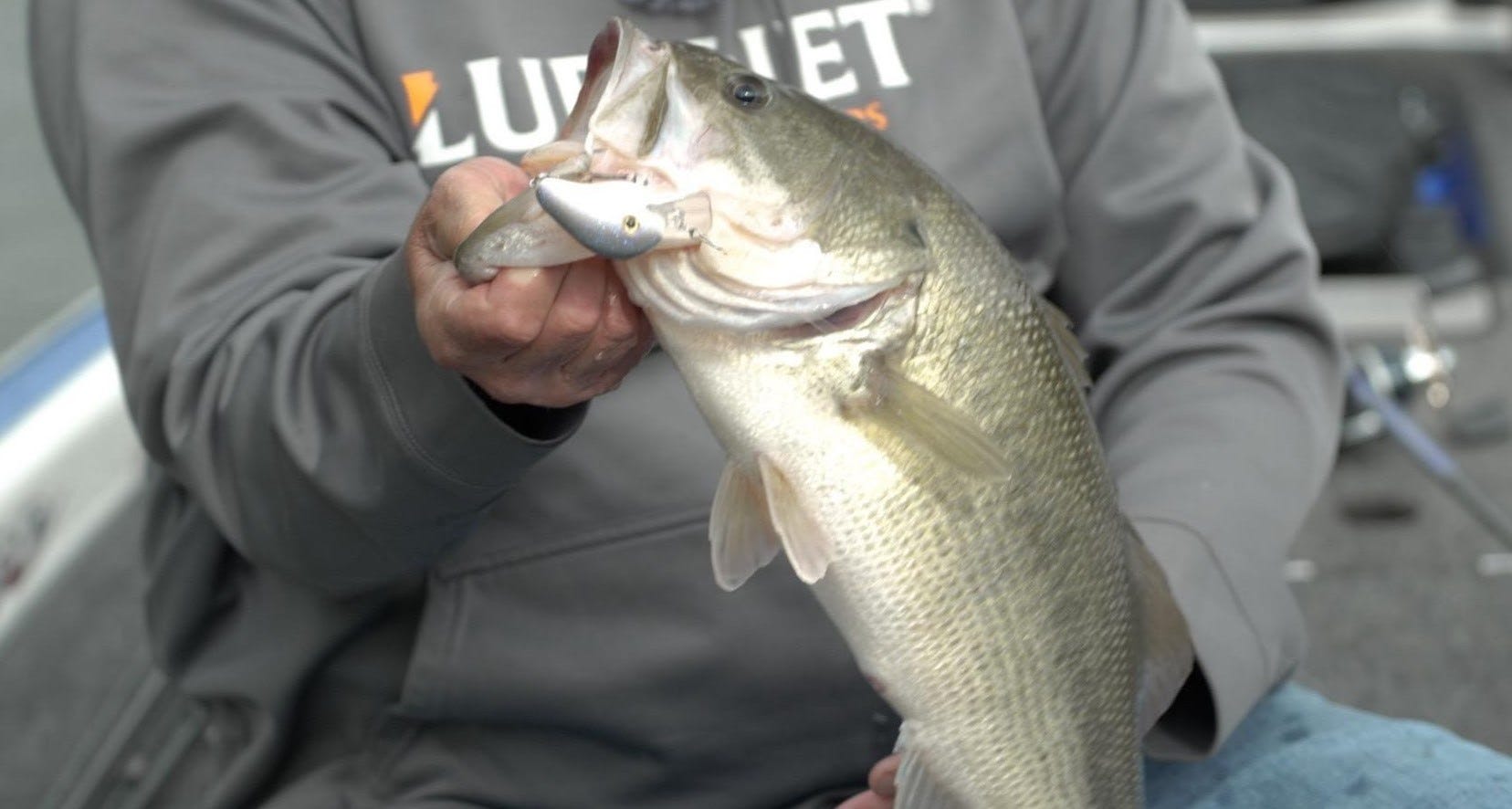

We call them hotspots because they produce well, but the common denominator is that all are “cool spots” (or at least, less-warm spots) where the water temperatures remain moderated through the middle of summer. Even a couple of degrees can make a major difference for keeping fish shallow and active through the middle of summer.
- Upriver – Flowing, riverine upper ends of reservoirs typically stay cooler than main bodies of the same waterways. Target eddies formed by laydowns and other cover on the bank with the most flow.
- Flowing Inlets – Even a small creek that has water flowing into it can have a nice pocket of cooler water in the back, and any shallow cover might hold bass. Unless the creek dumps a fair amount of water, these are often quick-hit spots that might only be good for a bass or two.
- Under Cover – Horizonal cover features that provide all-day shade, such as a dock that is high enough to get beneath, a fairly low bridge or an overhanging limb with plenty of leaves, create great summer spots. Dock and bridge supports and branches that extend into the water make good spots even better. Casts can be tricky, but rewards can be big.
- Channel Swing Banks – Spots where main creek or river channels swing tight to the bank in an outside bend provide multiple benefits for summer squarebill fishing. Such banks are typically steep, which equates to shade for more hours of the day and deeper water tight to the bank. In addition, the banks often stay current swept, resulting in laydowns that provide ambush positions for bass and ideal squarebill cover.
- Near the Dam – Don’t overlook the last couple of pockets near a reservoir’s dam. These areas often offer good shallow cover that’s close to deeper water where fish can find thermal refuge and big schools of baitfish. Fish all available cover in this type of cove or pocket.
Summer Squarebill Fishing Tips
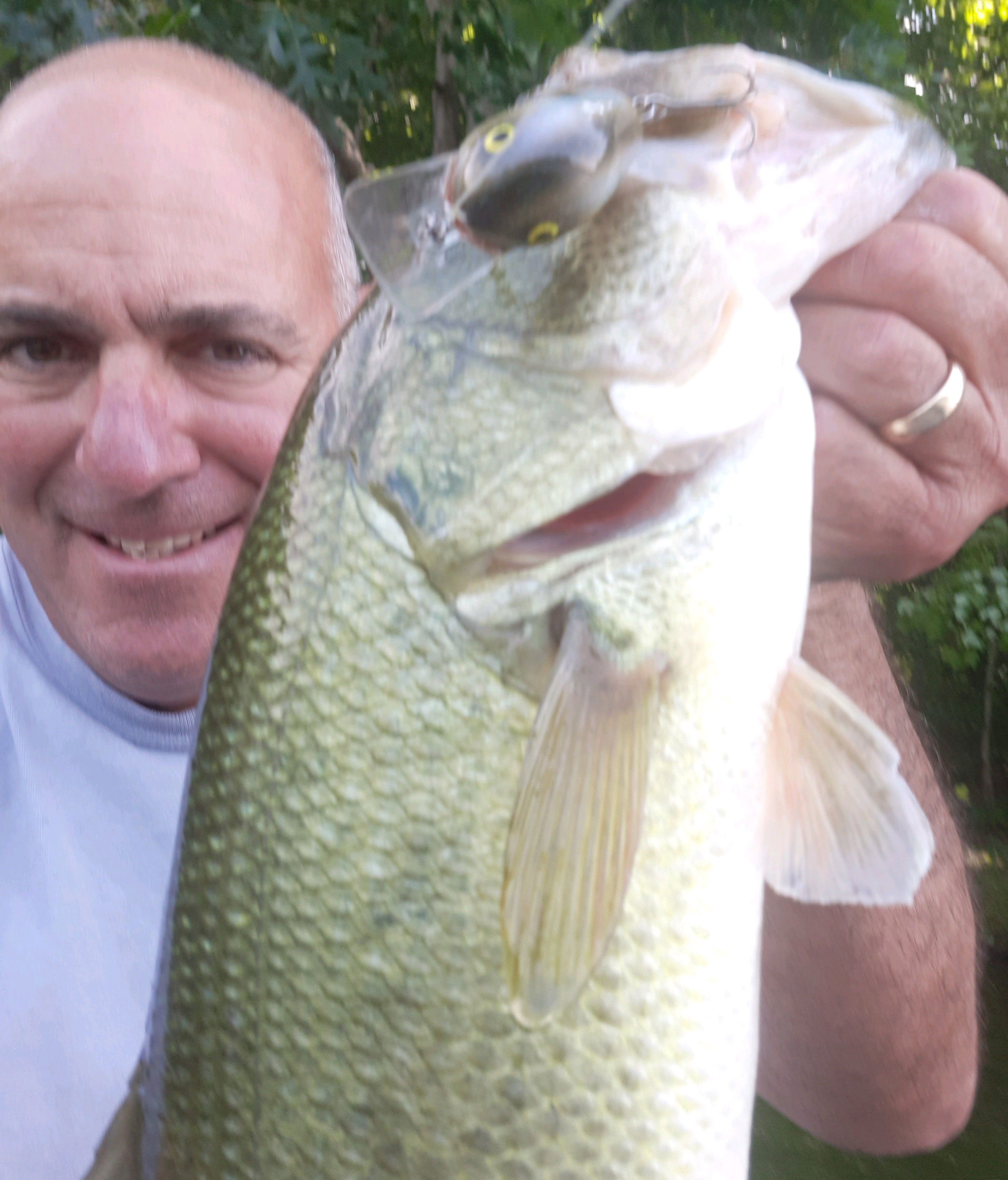

- Different Rods, Different Line – Having matching Fat Boys on two rod with different line weights – say 12- and 20-pound test – allows you to maximize efficiency fishing different pieces of cover because the lighter line allows the same bait to dive a bit deeper. Some targets call for casts with both. If you aren’t set up this way, you miss fish-catching opportunities on many lakes.
- Morning Shade Rules – Banks that are shady in the afternoon have had the sun beating on them all day. They can produce, but banks that are shaded in the morning remain shaded after a night of no warm sunrays. The fish concentrate in these areas as the sun finds other spots, and they tend to feed actively.
- Try the Thick Stuff – A Fat Boy’s square bill, fat body, buoyancy and wide wobble will allow it to come through wood tangles and weedy areas that would surprise most anglers, and because it stays shallow, you usually can get back baits that do get snagged. Try throwing it in spots that seem too thick for a crankbait, and you might be pleasantly surprised!
- Crawl to Plow – Vary your cranking speed substantially and pay attention to what trigger strikes. Sometimes bass want a squarebill crawled through the cover, and they need to be coaxed into biting. Other times you have to plow it through with fast cranking stuff to prompt reactions. Often the truth lies in-between, but there’s usually a speed that matches the fish’s mood, so if you don’t experiment, you miss out.
The Original Squarebill for Summer River Smallmouths
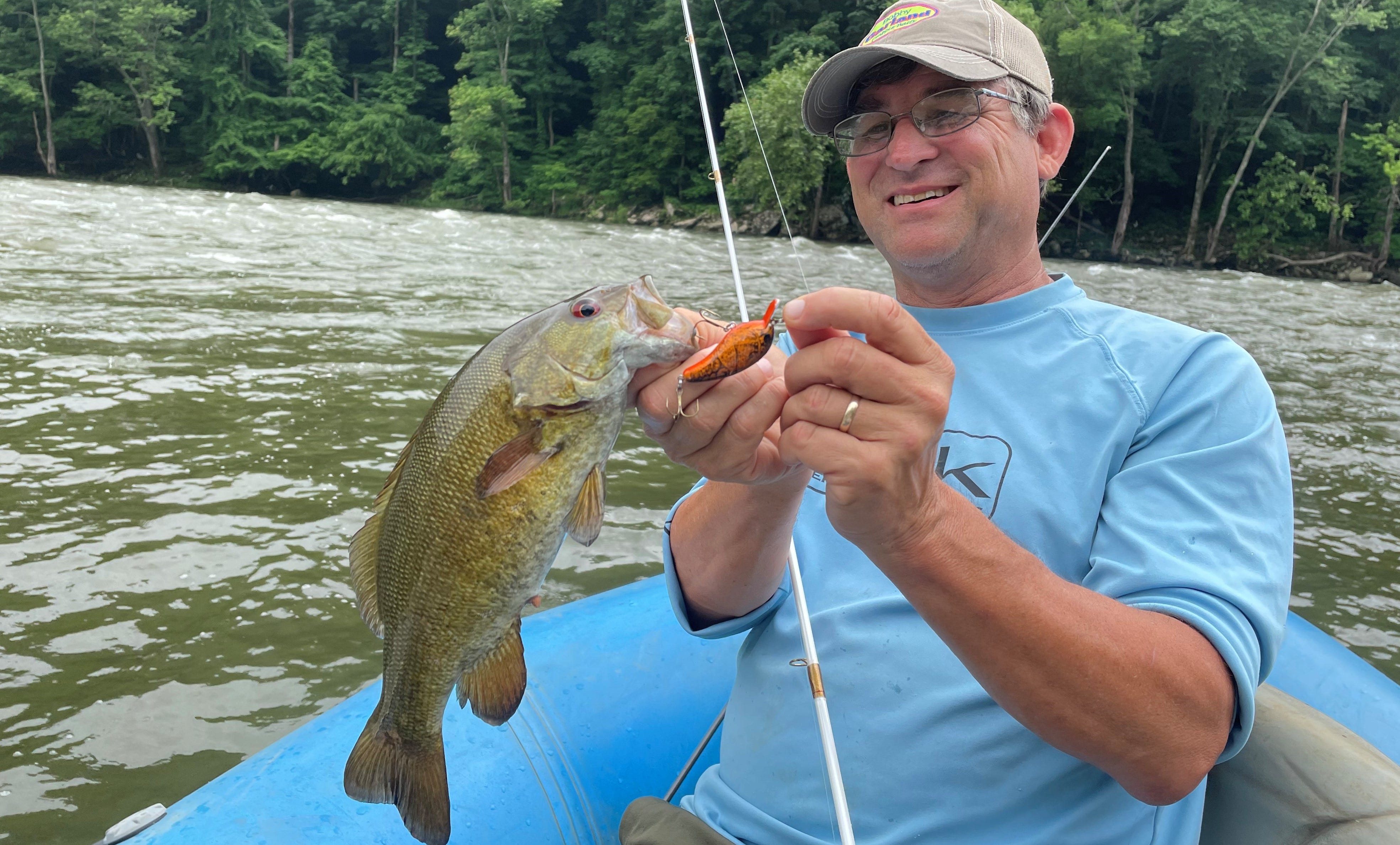

The Cotton Cordell Big O is largely regarded as the original squarebill crankbait. Although its bill’s corners aren’t pointed like most modern squarebills, it has distinct corners, which help it deflect cover, and it was the first popular bait to use this type of design.
The C77 Big O, which is the middle size of three models and 2 1/4 inches long, is an old-school favorite of river rats for smallmouth bass because of its enticing moderate wobble and the way it deflects rocky cover. You won’t hear a ton of talk about Big Os because river veterans know that some things are best not talked about. This is one of the most productive river lures ever made, though, and is especially good in current and over rocky bottoms in less than about 5 feet.
If moss or grass isn’t too grabby, you can fish the Big O over very shallow shoals and gravel bars. It grinds along the rocks, like a foraging crawfish, occasionally flaring and returning to center. The key with a Big O is to bang as much rock as possible, so cast past visible rocky targets and keep your rod tip low.

